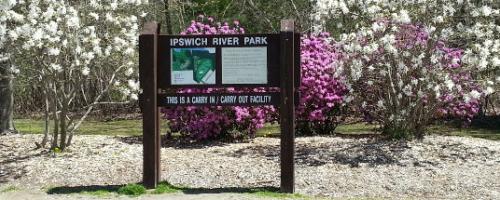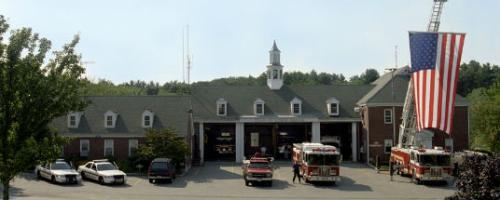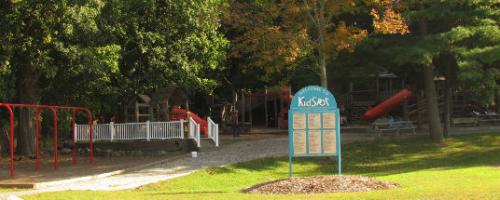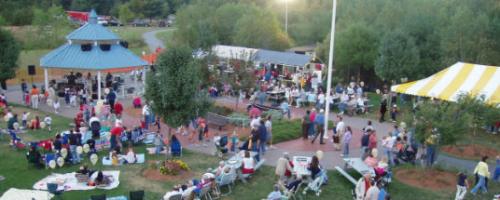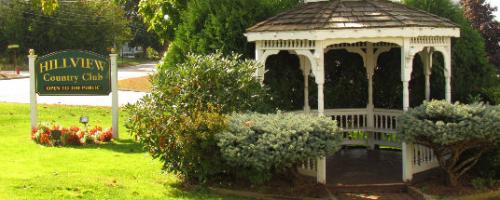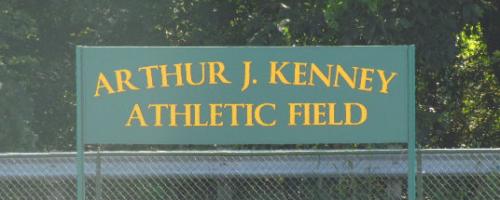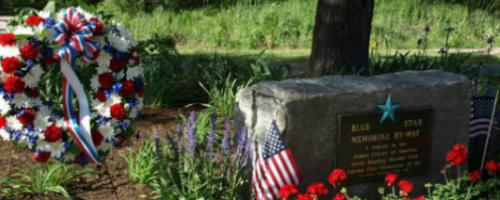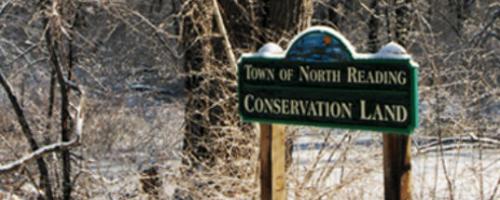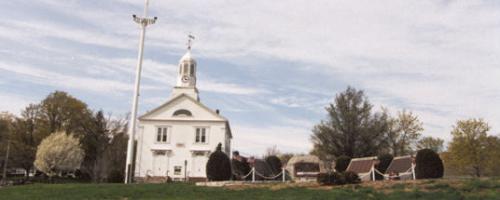Stormwater and Pollution Prevention
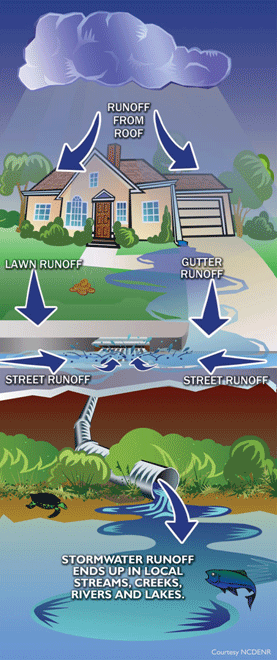 What is storm water?
What is storm water?
Storm water is water from precipitation that flows across the ground and pavement when it rains or when snow and ice melt. The water seeps into the ground or drains into what we call storm sewers. These are the drains you see at street corners or at low points on the sides of your streets. Collectively, the draining water is called storm water runoff and is a concern to us in commercial and industrial sites as well as your neighborhood because of the pollutants it carries.
Where does the storm water go after it drains into a storm drain?
Storm water that does not seep into the ground, drains into systems of underground pipes and may travel for a distance before being released into North Reading’s streams and wetlands.
Did you know that pollutants that enter storm drain inlets in the streets are not removed before entering our water resource areas?
Those substances that enter the storm drain system are not treated at all! Anything poured into a gutter or a storm drain, such as used motor oil or antifreeze, flows directly to our water resources.
What are common contributors to storm water pollution?
When it rains, oil, antifreeze, detergents, pesticides and other pollutants get washed from driveways, backyards, parking lots, businesses, construction sites, industrial plants and streets into storm drains and then directly to our streams and wetlands untreated!
The wastes, residues, and by-products from various activities enter storm drains with storm water

